
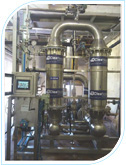
In Pharma companies, for some specific reactions, enzymes are used as Bio catalysts. These bio catalysts get consumed during the reaction. The unreacted enzymes need to be filtered out from the final product.
One of the leading Pharma companies approached us with this filtration application.

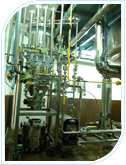
Introduction of the process and problems faced by the client
The client used sparkler filter for recovery of carbon from his oncological products. In Sparkler filter Liquid is pumped through the central channel of the cartridge from the bottom of the body.

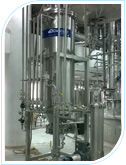
Introduction of the process and problems faced by the client.
The client used PDC (palladium over charcoal) as catalyst in their reaction for making aldehyde based perfumery item. The client PDC as catalyst & allowed the reaction to occur. After the reaction the product was filtered and the catalyst recycled.

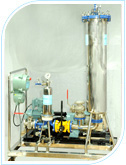
In specialty chemicals the feed streams of our clients are organic streams or have high Chlorine content, very low-high pH. In such cases liquids are very corrosive and Stainless steel cannot be used as they get corroded easily.

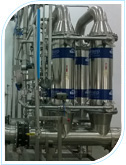
Introduction to the process:
Application of the client was to manufacture steroids using microbial fermentation. The client first developed a microbial culture in a flask which was then transferred to 10 liter germination tank to allow substantial growth of micro-organisms.

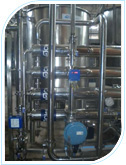
Gelatin is formed by Cattles’ skin is soaked in water & boiled continuously till it all the proteins get dissolved in it. The solution is then filtered, treated with resins and then put in evaporator where all the water gets evaporated. The output from the evaporator are super cooled using lifelyser in form of noodles which are then dried to get the final product.

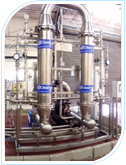
Disposal of produced water during petroleum extraction causes serious environmental damage, hence the need to complete the water treatment before being disposed to environment within the criteria set established by environmental agencies in the countries. he application of ultrafiltration (UF) has been accepted as a highly efficient process for treating oil-in-water emulsions.


The ready-to-drink (RTD) tea beverages are becoming increasingly popular owing to the health benefits associated with tea polyphenols. Tea is the most consumed beverage in the world. Fifty billion liters of ready-to-drink tea are sold worldwide every year – and the global market is growing at more than 7% per year.
Our client wished to develop a new brand of pre-mix tea powder in India.

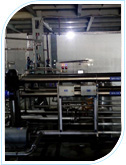
Whey, the liquid residue generated during paneer & cheese production, is one of the biggest reservoirs of food protein available today. World whey output at approximately 180 million tons in 2013 contains some 1.5 million tons of increasingly high-value protein and 8.6 million tons of lactose, a very important source of carbohydrate for the world.

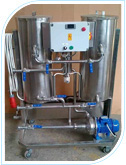
Clean-in-Place (CIP) is a method of cleaning the interior surfaces of pipes, vessels, process equipment, filters and associated fittings. The benefit to industries that use CIP is that the cleaning is faster, less labor intensive and more repeatable, and poses less of a chemical exposure risk to people.




